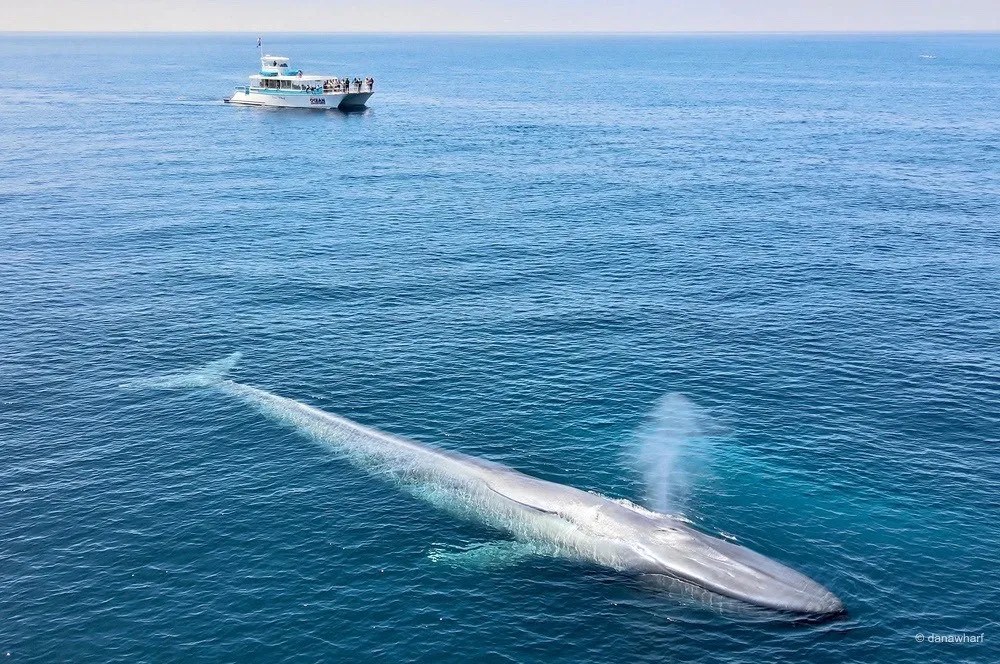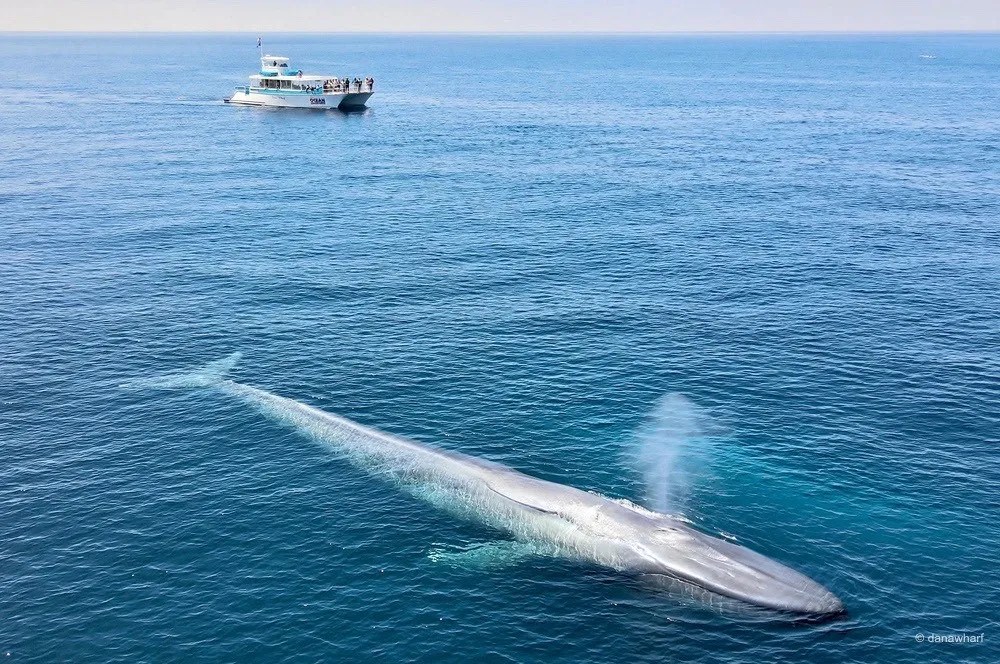Unveiling the Mystery: Where Whales Sleep

Whales are some of the most fascinating creatures on the planet. These massive marine mammals have captured the imagination of humans for centuries with their majestic size and mysterious behaviors. But one question that has puzzled scientists and whale enthusiasts alike is: where do whales sleep?
In this article, we will delve into the mystery of where whales sleep and explore the fascinating world of ocean sleep.
The Sleeping Habits of Marine Mammals
Before we dive into where whales sleep, let’s first understand the sleeping habits of marine mammals in general. Marine mammals, such as whales, dolphins, and seals, have evolved to live in the ocean and have adapted unique sleeping patterns to survive in this environment.
Unlike land mammals, marine mammals cannot breathe underwater and must come to the surface to take in oxygen. This means that they cannot enter a deep sleep like humans do, as they need to remain conscious enough to surface for air.
Instead, marine mammals have developed a sleeping pattern called unihemispheric slow-wave sleep (USWS). This means that only one half of their brain sleeps at a time, while the other half remains alert and in control of essential functions like breathing and swimming.
This type of sleep allows marine mammals to rest and recharge while still being able to surface for air and stay alert to potential dangers.
Where Do Whales Sleep?
Now that we understand the sleeping habits of marine mammals, let’s focus on whales specifically. Whales, being the largest marine mammals, have unique sleeping patterns and behaviors.
Whales can sleep while swimming, but they also need to rest near the surface to breathe. This means that they cannot enter a deep sleep like humans do, as they need to remain conscious enough to surface for air.
So, where do whales sleep? The answer is not as straightforward as you might think. Whales can sleep in a variety of positions and locations, depending on their species and environment.
Some whales, such as sperm whales, have been observed sleeping vertically, with their heads near the surface and their tails submerged. This position allows them to rest while still being able to surface for air.
Other whales, such as humpback whales, have been seen sleeping near the surface or logging which refers to resting at or just below the surface. This position allows them to rest while still being able to breathe and keep an eye out for potential predators.
The Role of Sleep in Whale Migration
One of the most fascinating behaviors of whales is their annual migration. Every year, whales travel thousands of miles to reach their breeding and feeding grounds. But how do they manage to swim such long distances without getting exhausted?
The answer lies in their sleeping patterns. Whales have been observed sleeping while swimming, which allows them to rest and conserve energy while still making progress on their journey.
This type of sleep, known as logging, involves the whale floating at the surface with its head and tail slightly submerged. This position allows the whale to rest while still being able to surface for air and continue swimming.
The Importance of Sleep for Whales
Just like humans, sleep is essential for the health and well-being of whales. Sleep allows whales to rest and recharge, which is crucial for their survival in the harsh ocean environment.
During sleep, whales can repair and regenerate their bodies, which is especially important for young whales who are still growing. Sleep also plays a vital role in the development of the brain and nervous system, which is crucial for the survival of these intelligent creatures.
The Role of Dana Wharf Whale Watching in Whale Conservation
Dana Wharf Whale Watching, located in Dana Point, California, is dedicated to educating the public about whales and their importance in the marine ecosystem. They offer whale-watching tours that allow people to see these magnificent creatures up close and learn about their behaviors and habitats.
By promoting responsible whale watching practices, Dana Wharf Whale Watching is helping to protect and conserve these amazing animals for future generations to enjoy.

The Fascinating World of Ocean Sleep
Whales are not the only creatures that sleep in the ocean. Many other marine animals, such as dolphins, seals, and even some fish, have adapted to sleep in the ocean using similar techniques as whales.
For example, dolphins also use USWS to sleep, with one half of their brain remaining alert while the other half sleeps. This allows them to rest and surface for air while still being able to swim and avoid predators.
Seals, on the other hand, have been observed sleeping on land and in the water. They can enter a deep sleep on land, but in the water, they use USWS to rest and remain alert.
Whale Watch in the Whale Watching Capital of the World
In summary, the mystery of where whales sleep has been unraveled. These magnificent creatures have adapted unique sleeping patterns to survive in the ocean, and their ability to sleep while swimming is crucial for their survival.
By understanding the sleeping habits of whales and other marine mammals, we can better appreciate and protect these amazing creatures. So, the next time you go on a whale watching tour with Dana Wharf Whale Watching, you’ll have a deeper understanding of the fascinating world of ocean sleep.
